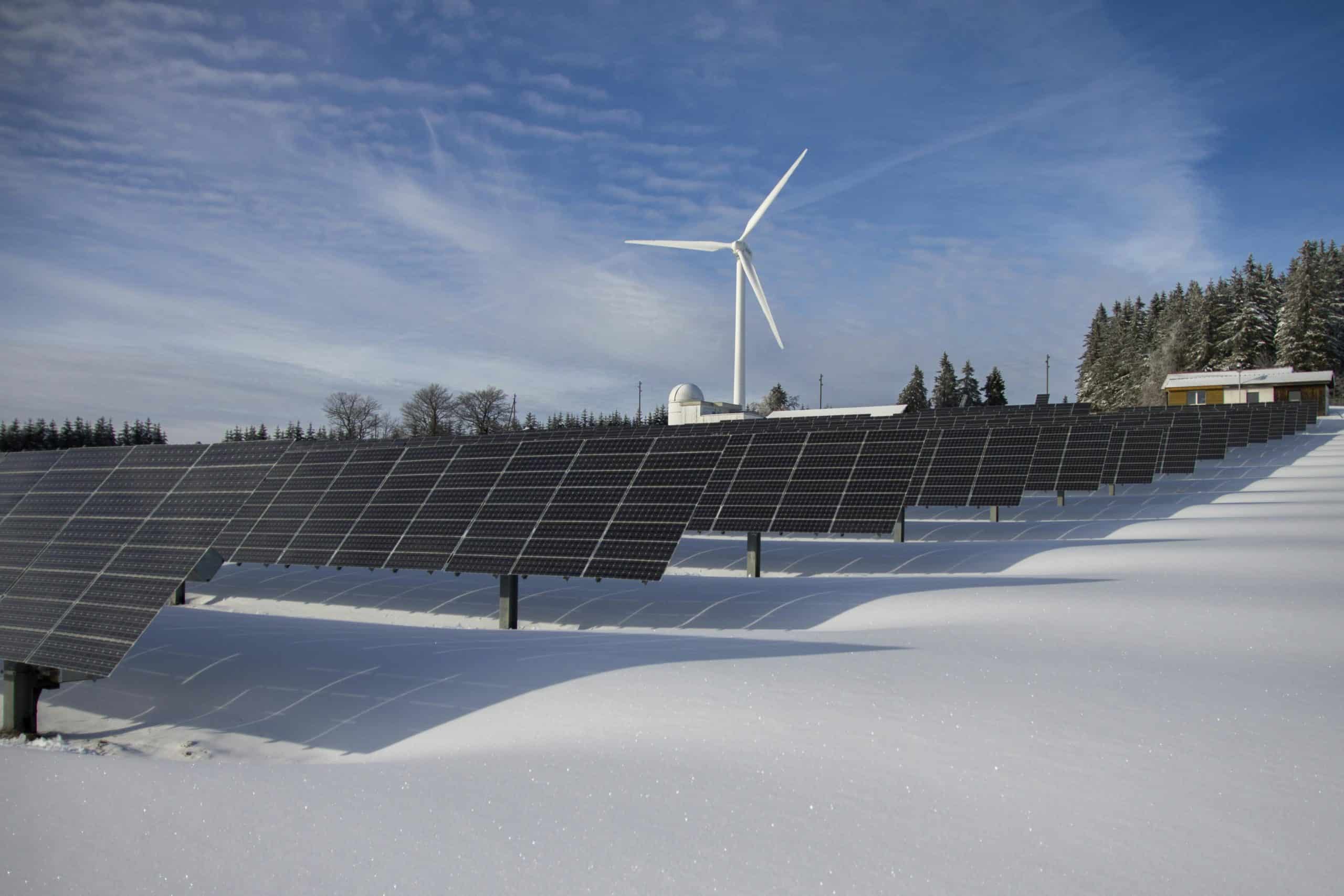Solar Tax Credits: Your Last Chance to Score Big Before Uncle Sam Pulls the Plug
Solar Tax Credits are no small deal—and if you’ve been sitting on the fence about going solar, now’s the time to hop off. The federal government just pulled what I can only describe as the ultimate plot twist on homeowners everywhere. Remember that nice, fat 30% solar tax credit that was supposed to hang around until 2032? Yeah, well, plot twist: it’s getting the axe after December 31, 2025.
That’s right, folks. Your window to snag almost $9,000 in savings (yes, you read that correctly) is closing faster than a Black Friday sale at Target. And unlike your typical government program that phases out gradually like a polite dinner guest, this one’s getting the full “lights out, party’s over” treatment.
What Exactly Are Solar Tax Credits?
Let’s break this down without the boring tax manual jargon. The Solar Tax Credit, officially called the Investment Tax Credit (ITC), is basically the government’s way of saying, “Thanks for going green—here’s 30% of your solar installation costs back.”
Unlike rebates that make you jump through hoops and wait months for a check that may or may not show up, this is a direct credit against your federal taxes. Spend $30,000 on a solar system? That’s $9,000 shaved right off your tax bill.
The average homeowner using EnergySage’s marketplace saves $8,808 through the credit alone. That’s not pocket change—it’s a serious incentive to make the switch to clean energy.
How Solar Tax Credits Actually Work
Here’s where the Solar Tax Credit really earns its reputation. This isn’t some feel-good deduction that saves you a couple of hundred bucks. It’s a dollar-for-dollar reduction in what you owe Uncle Sam.
The Beautiful Part: There’s no income limit. Whether you earn $50,000 or $500,000, you get the same 30% credit. For once, the tax code doesn’t punish you for how much (or how little) you make.
The Catch: You do have to owe taxes to use it. If your tax bill isn’t high enough to use the full credit in one year, don’t worry. You can roll the unused portion over into future tax years.
The Fine Print: You must own your solar system. If you signed up for a solar lease or a power purchase agreement, the company that owns the panels pockets the credit—not you.
Why Solar Tax Credits Are Disappearing
Here’s the not-so-fun part. The Solar Tax Credit has had rare bipartisan support for nearly two decades. Presidents from both parties extended it, renewed it, and treated it like one of the few policies everyone could agree on.
But now? It’s on the chopping block. President Trump’s reconciliation bill moved the expiration date almost a decade earlier than expected. Instead of a gradual phase-down through 2034, the credit takes a cliff dive after December 31, 2025.
The irony is painful: this very tax credit helped the U.S. solar industry grow by over 200% in the last two decades, according to the Solar Energy Industries Association. And yet, despite fueling job creation and energy independence, it’s vanishing.
What Counts Toward Solar Tax Credits
Before you start adding every sun-related purchase to your expense list, here’s what the IRS actually allows under the Solar Tax Credit:
What’s In:
-
Solar panels (of course)
-
Inverters, wiring, mounting hardware
-
Installation labor costs
-
Permitting and inspection fees
-
Home batteries with at least 3 kWh capacity
-
Sales tax on eligible equipment
What’s Out:
-
Roof repairs or replacements
-
Tree trimming or removal
-
Decorative solar gadgets (like garden fountains)
The government keeps it straightforward: only equipment that generates or stores solar energy and the costs to get it running qualify.
The Clock Is Ticking on Solar Tax Credits
Here’s my best financial-advisor impression (without the suit): if you’re even considering solar, the time to act is now.
The math is simple. Install your system by December 31, 2025, and you’ll still get 30% back through the Solar Tax Credit. Wait until January 1, 2026, and you get zero. No grace period, no partial credit, no “oops, we changed our minds.”
And remember—solar installations take months from quote to flip the switch. If you want the credit, the process needs to start sooner rather than later.
How to Claim Your Solar Tax Credits
Claiming the Solar Tax Credit is less painful than it sounds. You’ll need to file IRS Form 5695 (Residential Energy Credits) along with your regular tax return.
-
If you use an accountant, just tell them about your solar installation.
-
If you file yourself, EnergySage and the IRS provide step-by-step instructions that are pretty easy to follow.
One key detail—claim the credit for the year your system is installed and operational. If your system goes live in 2025, you claim it on your 2025 return filed in 2026.
Don’t Miss Out on Solar Tax Credits
Yes, solar requires upfront investment, and yes, it’s a commitment. But the Solar Tax Credit is one of the biggest incentives you’ll ever see from the federal government. It has helped millions of homeowners cut energy bills, raise property values, and support clean energy jobs.
And after December 31, 2025? It’s gone. No extensions, no rollbacks, no “maybe next year.”
Don’t be the person who looks back wishing they’d acted sooner. Your future self—and your bank account—will thank you for making the switch while Solar Tax Credits are still here.







